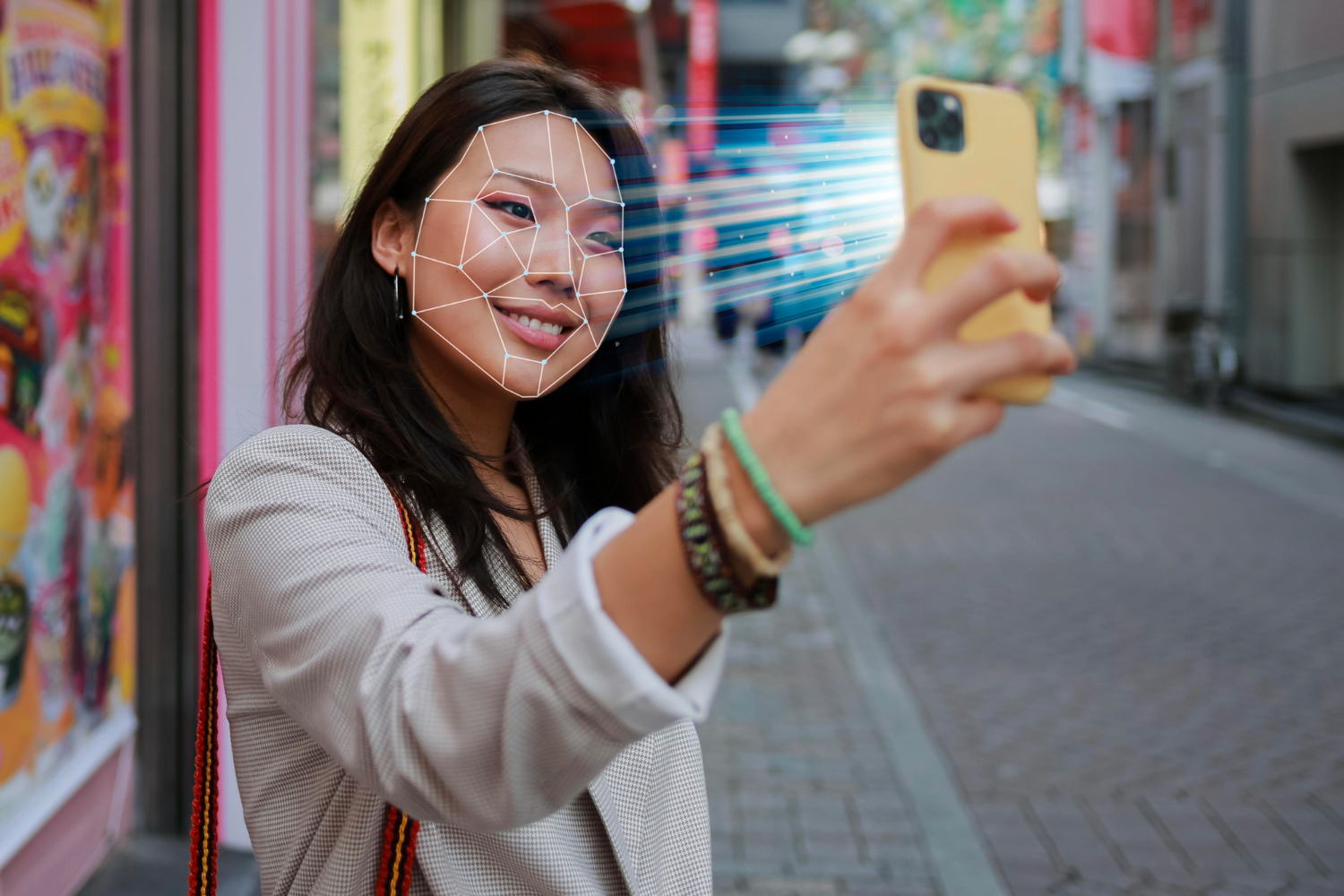In today's high-speed, high-risk business landscape, verifying who someone is—quickly, securely, and without friction—can no longer be optional. Facial recognition technology has evolved from a futuristic idea into a practical, scalable tool that solves real problems. But what exactly is facial recognition? How does it work? And what goes wrong when it’s not in place?
What Is Face Recognition?
Facial recognition is a biometric authentication method that identifies or verifies a person using their facial features. Unlike passwords, PINs, or even fingerprint scans, facial recognition works contactlessly, often in real time, and is harder to fake. It typically involves:
- Face detection – Locating a face in a frame or image
- Face alignment – Adjusting for angle, lighting, or position
- Feature extraction – Measuring distances between eyes, nose, jawline, etc.
- Face matching – Comparing to a stored image or database
Types of Face Recognition Technology
Different use cases require different levels of precision, speed, and security. Some of the most common approaches include:
1. 2D Facial Recognition
- Uses flat images (e.g., camera snapshots)
- Fast but vulnerable to spoofing (e.g., printed photos)
2. 3D Facial Recognition
- Uses depth and contours of the face
- More resistant to fake images
- Requires specialized sensors (e.g., infrared or depth cameras)
3. Infrared/Thermal Recognition
- Captures face shape through heat signatures
- Effective in low light and extreme environments
- Often used in defense or surveillance
4. Liveness Detection
- Verifies that the subject is a real person (not a video, photo, or mask)
- Involves blinking detection, skin texture analysis, or response to prompts
- Critical in eKYC and remote access scenarios
Why Is Face Recognition Important?
Because without it, businesses face:
- Time theft and fraudulent check-ins
- Data entry errors and manual processing delays
- Access breaches due to lost or shared credentials
- Compliance risks in industries with strict regulations
- Poor user experiences that lead to lost sales and churn
When done right, face recognition enables:
- Frictionless and secure authentication
- Automation at scale
- Enhanced security and accountability
- New types of customer experiences
Real-World Use Cases and Bottlenecks Without Face Recognition
1. Workforce Attendance and HR
Without face recognition:
- Manual systems are easily manipulated
- Fingerprint scanners cause delays and hygiene concerns
- HR spends excessive time verifying logs
With face recognition:
- Clock-ins are instant, accurate, and fraud-proof
- Saves time and ensures payroll integrity
- Integrates seamlessly with HR systems
2. Building Access Control
Without face recognition:
- People share keycards or PINs
- Physical keys get lost
- No reliable audit trail
With face recognition:
- Entry is tied to identity, not objects
- Every entry is logged and timestamped
- Higher security for labs, data centers, or VIP areas
3. Digital Customer Onboarding (eKYC)
Without face recognition:
- Manual ID checks take hours/days
- High risk of fraud using stolen IDs
- User drop-off due to long process
With face recognition:
- Real-time face-ID matching and liveness check
- Cuts fraud while speeding up sign-up
- Ideal for banks, fintechs, telcos
4. Hotel / Co-working / Event Check-In
Without face recognition:
- Long queues and manual paperwork
- Risk of impersonation
- Missed opportunity to impress guests
With face recognition:
- Automated check-in via pre-registration
- Facial scan = room key, guest badge, or event pass
- Improves safety and first impressions
5. Restricted Zone Entry (Factories, Mines, Labs)
Without face recognition:
- Difficult to enforce access to authorized personnel only
- ID cards or badges can be misused
- No real-time alert for violations
With face recognition:
- Zero-transferability: face can’t be handed off
- Automated alerts for unauthorized access
6. Online Exams and Remote Work Verification
Without face recognition:
- High chance of cheating or impersonation
- Manual proctoring is inefficient
- Integrity of certifications is questioned
With face recognition:
- Detects presence + liveness throughout the session
- Automated flagging of anomalies
- Supports credible digital learning
7. Public Surveillance and Law Enforcement
Without face recognition:
- Tracking people of interest is manual and slow
- Delayed response to incidents
- High labor costs
With face recognition:
- Matches suspects from live camera feeds
- Alerts security in real time
- Helps find missing persons or stolen identities
Face Recognition Solves Real Bottlenecks
Businesses are no longer asking if they need face recognition. The better question is: How much time, money, and reputation is leaking today because it’s not in place? From access control to customer loyalty, from onboarding to analytics, facial recognition is the bridge between safety, convenience, and intelligent operations.

